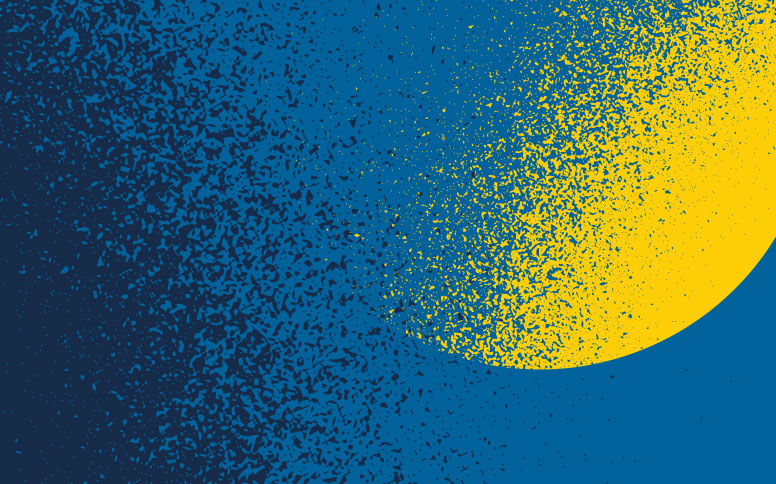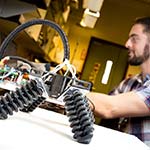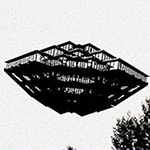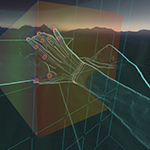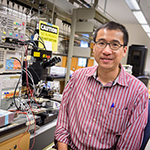UC San Diego Welcomes Kyoto University in Reception Honoring San Diego Liaison Office Opening
Kyoto University of Japan, one of the University of California San Diego’s international partners, announced the opening of a liaison office in San Diego in late March. UC San Diego played a key role in establishing the office designed to ease in partnering and collaboration.

